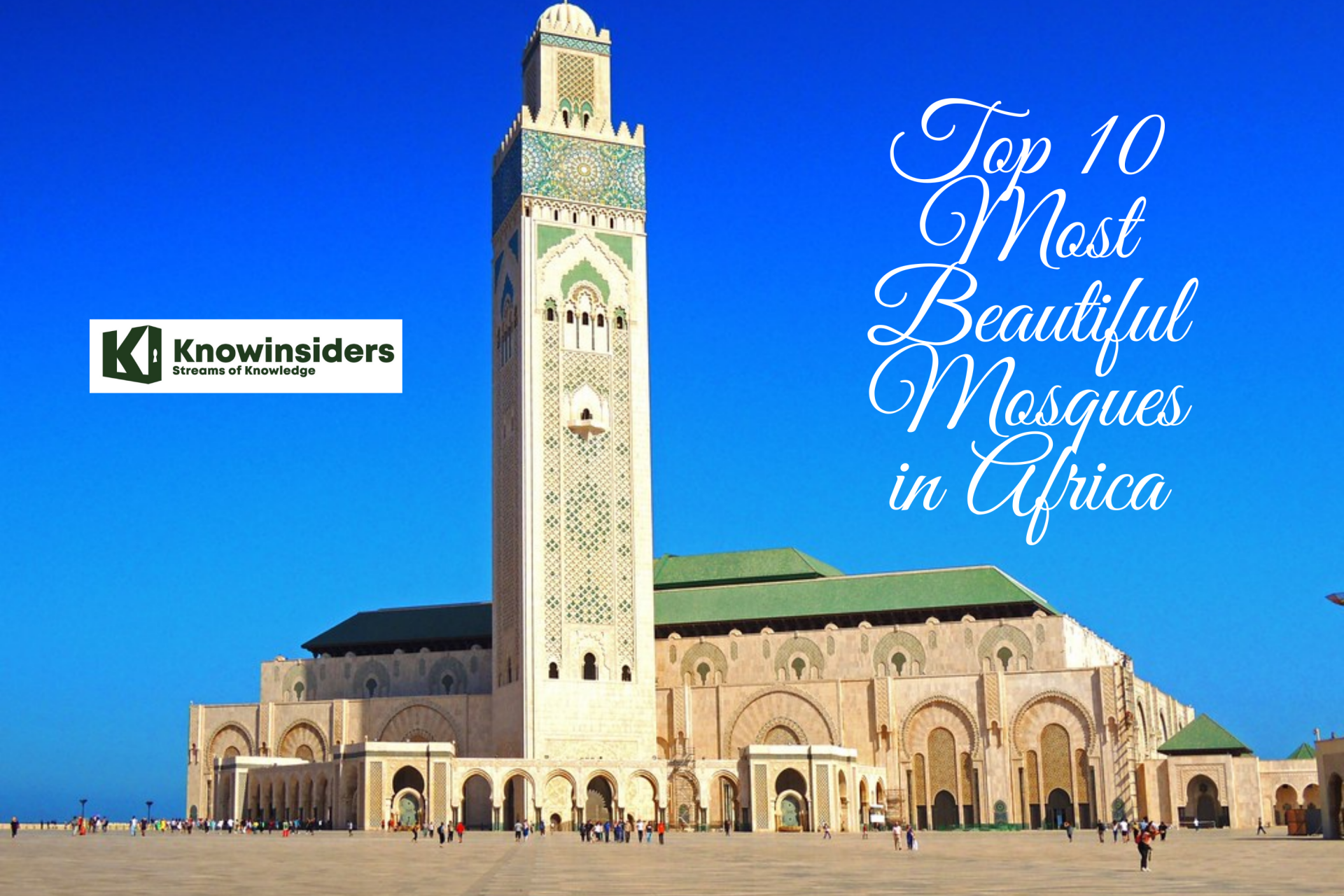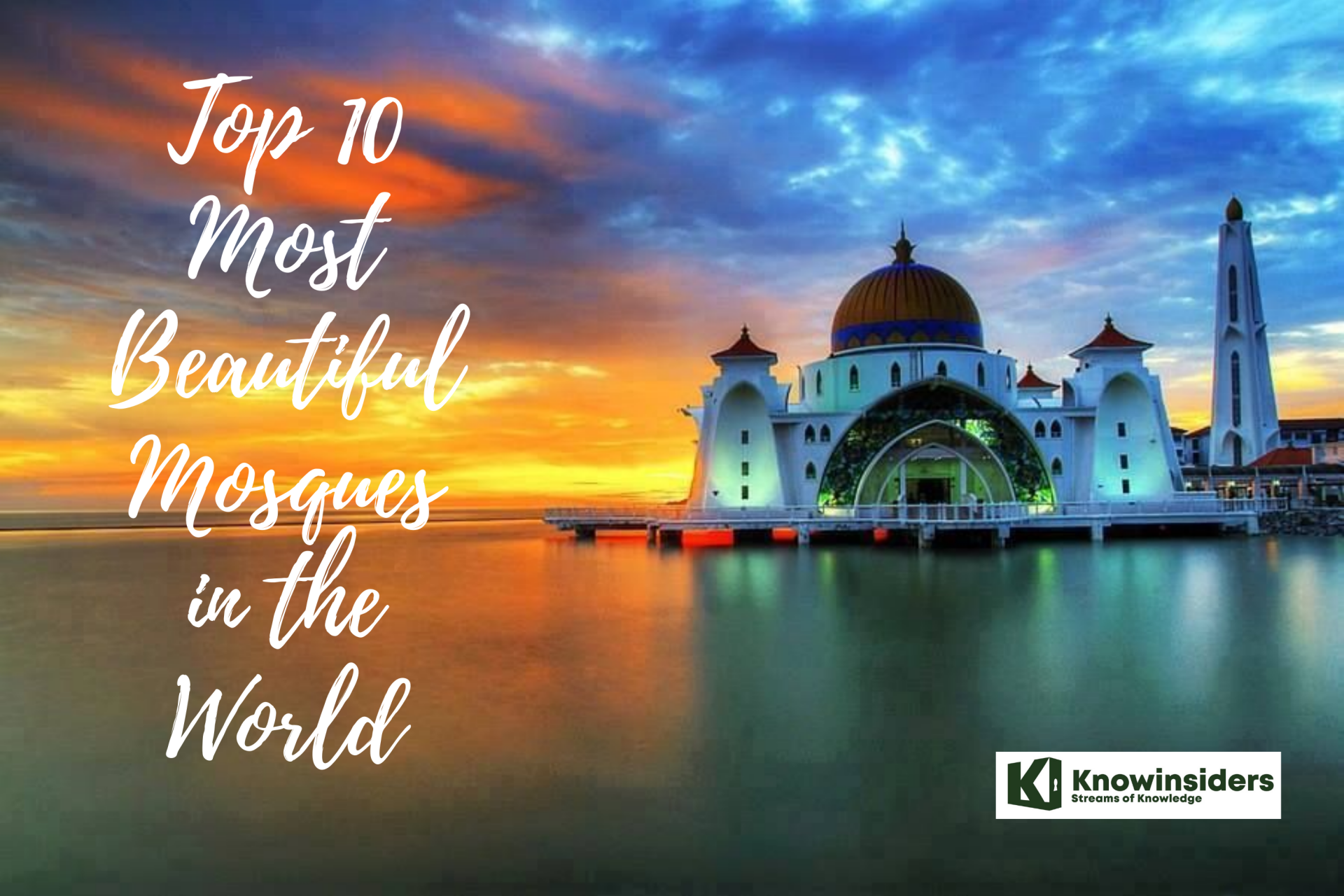Top 10 Biggest and Magnificent Mosques in the World
| Contents |
For millennia, religion and spirituality have motivated individuals worldwide to build intricate and awe-inspiring mosques.
Although there are numerous holy sites around the world, each with its own unique qualities, mosques tend to have a particularly strong impact. The meticulousness and diligence invested in their construction, maintenance, and utilization unequivocally demonstrate their profound significance within the Islamic faith.
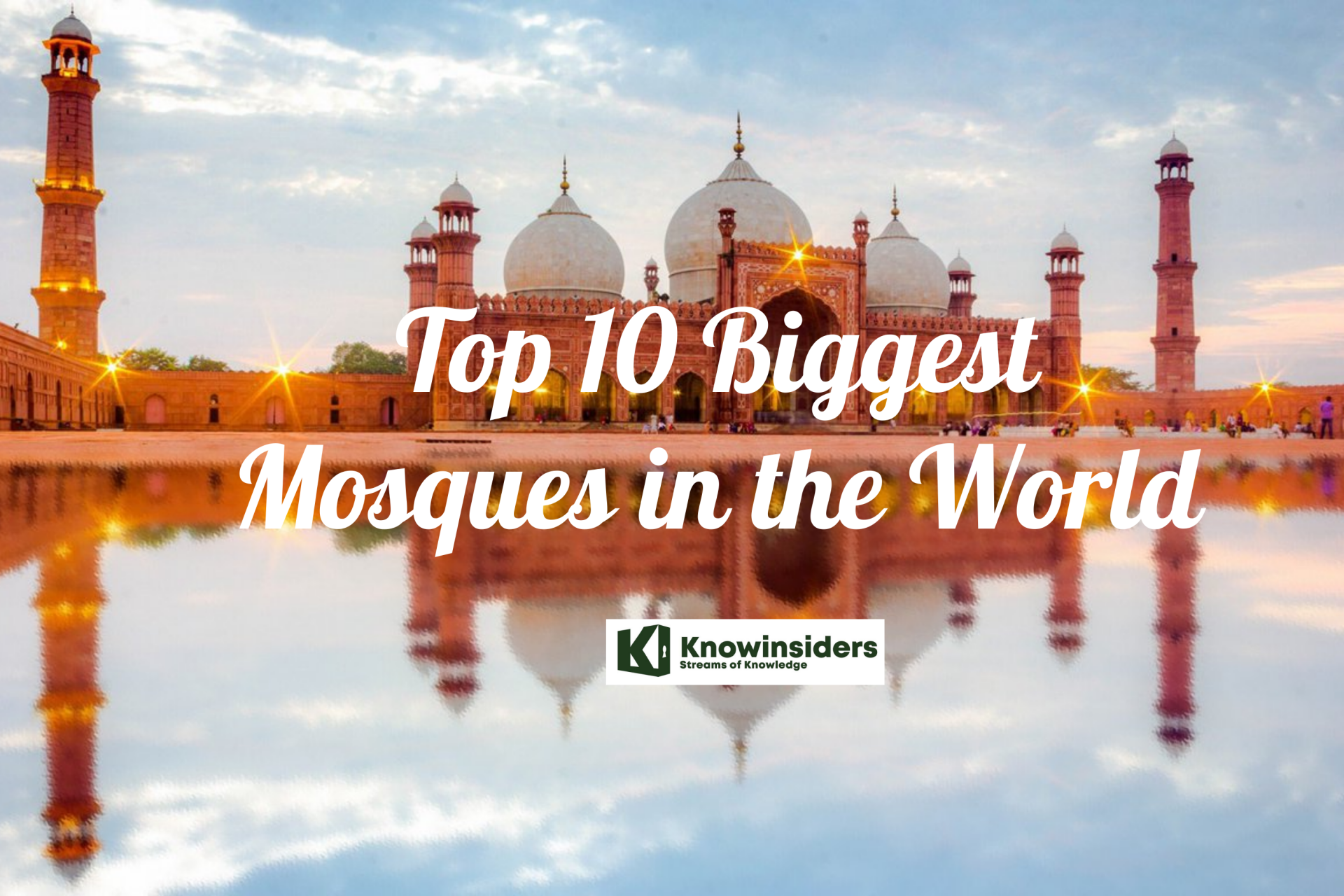 |
| Illustrated picture. Photo: Mixi |
Top 10 Largst and Most Beautiful Mosques in the Word
1. Al-Haram Mosque
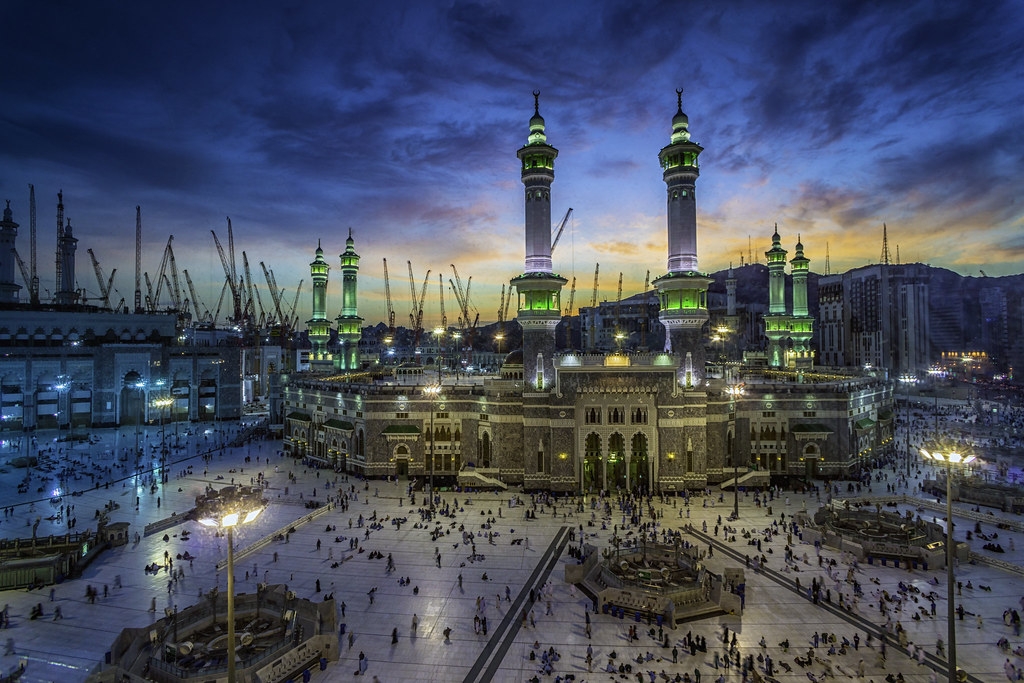 |
| Photo: Flickr |
Worshiper Capacity: 4,000,000
The magnificent Al-Haram Mosque is a significant spiritual site in Saudi Arabia and a key destination for the Hajj and ʿUmrah pilgrimages. Every year, a large number of Muslim worshipers visit this mosque, with a significant portion congregating in the courtyard to perform pilgrims' rituals. Notable elements of the mosque include the Black Stone, which acts as a foundation stone in the Ka'bah located at the center of the courtyard, and the Station of Abraham, a rock believed to display the footprint of Abraham.
Did You Know?
This site is so intensely sacred to those of Islamic faith that non-Muslims are not permitted to enter Mecca or the mosque.
2. Imam Reza Shrine
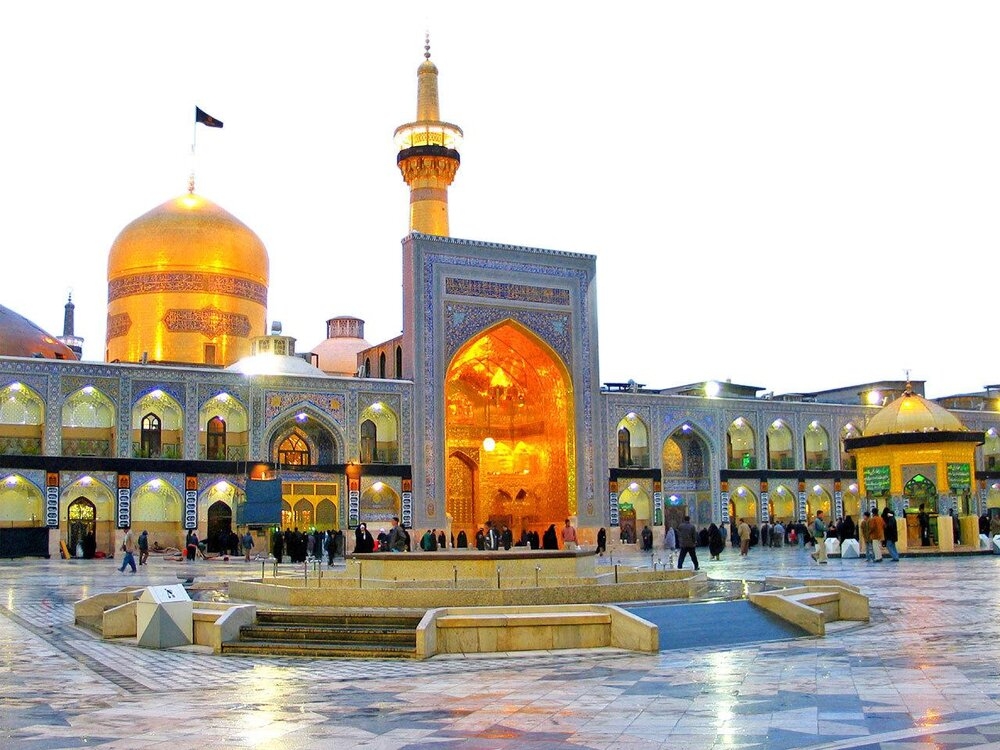 |
| Photo: Tehran Times |
Worshiper Capacity: 1,500,000
The Imam Reza Shrine holds the distinction of being the most expansive mosque globally in terms of its area. The Shrine Complex, located at the heart of Iran, serves as a prominent religious center. It was constructed around the burial site of Imam Reza, the eighth Imam of Twelver Shiites. Due to the Islamic Revolution, this significant historical and cultural site has undergone expansion, including the addition of extra courts, a library, and an Islamic university.
In 818, Imam Ali al-Ridha was assassinated by the Abbasid caliph al-Ma’mun. He was buried next to the tomb of al-Ma'mun's father, and this location became known as "Mashhad al-Ridha," which translates to "the place of martyrdom." Mashhad al-Ridha has become a revered destination for both Sunni and Shia Muslims, who undertake pilgrimages to this sacred site.
3. The Prophet’s Mosque
 |
| Photo: Destination KSA |
Capacity of 1 million people
The mosque in Medina is the second largest and most significant for believers worldwide. The structure depicted in the image is the Mosque of the Prophet, also known as Masjid al-Nabawi. The prevailing belief is that the construction of the temple commenced in 622, with active involvement from the Prophet Muhammad himself.
He was interred beneath the Green Dome. During the regular time, the mosque of the prophet accommodates approximately 600 thousand individuals. During the pilgrimage, it has the capacity to accommodate up to 1 million devout individuals. The mosque covers an approximate area of 400,000 square meters.
4. The Faisal Mosque
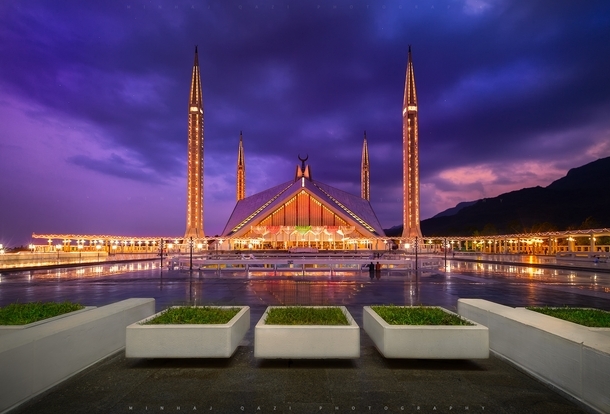 |
| Photo: Mvslim |
Capacity 300 thousand people.
The Faisal mosque, situated in Islamabad, holds the third position among the world's largest mosques. The government of Saudi Arabia provided the financial resources for the construction. The mosque is situated in a scenic location.
It is worth mentioning that its design deviates significantly from the conventional architecture of Muslim temples. The building's appearance closely resembles that of a Bedouin-nomad's tent. The design of the structure initially sparked significant discontent, but once the construction was completed, critics acknowledged their error. The Faisal mosque has a capacity of approximately 300,000 individuals. The mosque has a total area of 5,000 square meters.
5. The Mosque of Independence
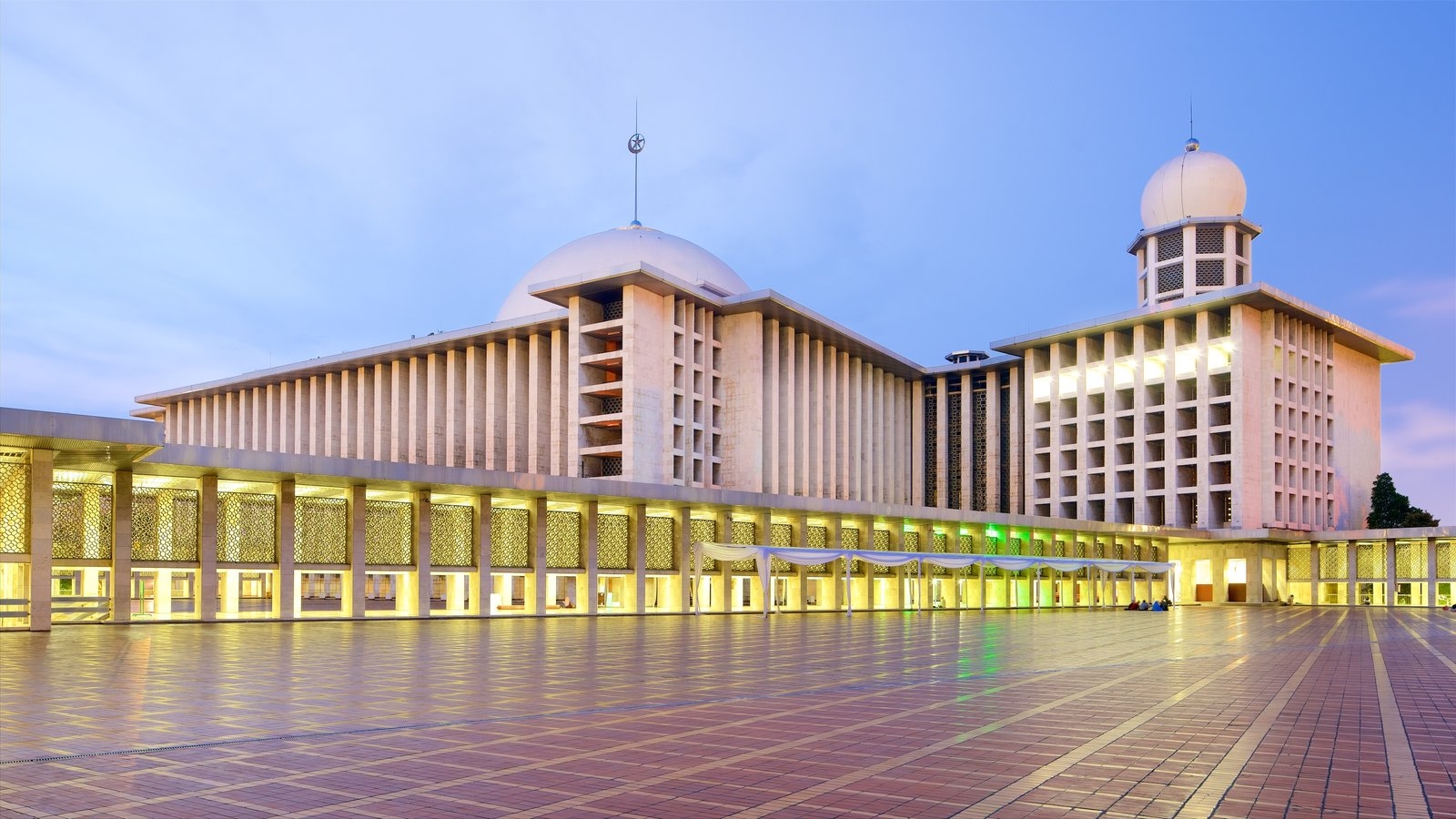 |
| Photo: Asean Records World |
Capacity of 120 thousand people.
The Independence Mosque, also known as Istiklal, is situated in Jakarta, Indonesia, and is ranked as the fourth largest mosque globally. Upon achieving independence in 1949, the decision was made to commemorate this significant occasion by constructing the largest religious edifice in South-East Asia.
The mosque's construction commenced in 1961. The temple accommodates approximately 120,000 simultaneous visitors. The mosque covers an area of 10 hectares.
6. Hassan II mosque
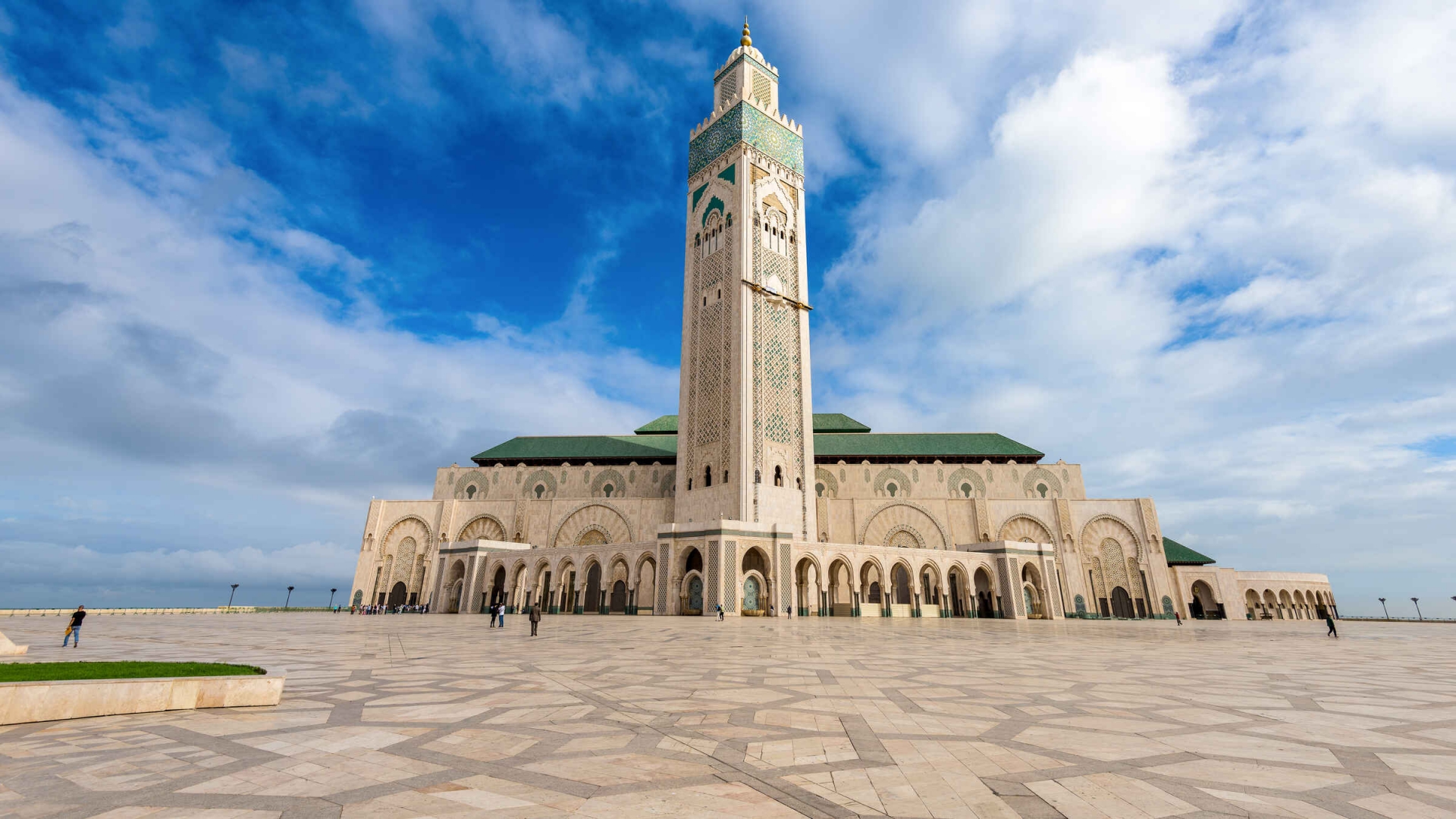 |
| Photo: Asean GetYourGuide |
Capacity of 105 thousand people.
The Hassan II mosque ranks fifth among the largest religious structures in the Muslim world. Situated in the city of Casablanca, the Hassan Mosque is notable not only for its immense dimensions, but also for its aesthetic appeal — offering a splendid panorama of the Atlantic Ocean from the expansive glass atrium of the temple.
The mosque has a capacity of 105,000 individuals. The temple covers an approximate area of 9 hectares. A noteworthy fact: the entire sum of 800 million dollars allocated for the construction of a mosque is derived solely from voluntary contributions.
7. Badshahi Mosque
 |
| Photo: Ghoomlo.pk |
Capacity of 60 thousand people.
The Badshahi Mosque in Lahore was built by the sixth Mughal Emperor Aurangzeb in 1671 and finished in 1673. It is the second largest mosque in Pakistan. Its aesthetic appeal elevates it to one of the premier attractions in Lahore.
Until 1986, it held the title of the world's largest mosque until the construction of the Faisal Mosque in Islamabad.
Upon entering the historical city of Lahore, one is immediately greeted by the imposing sight of the magnificent red-bricked Badshahi Mosque, which serves as a connecting point between Pakistan's northern and southern regions.
8. The Mosque of Al-Saleh
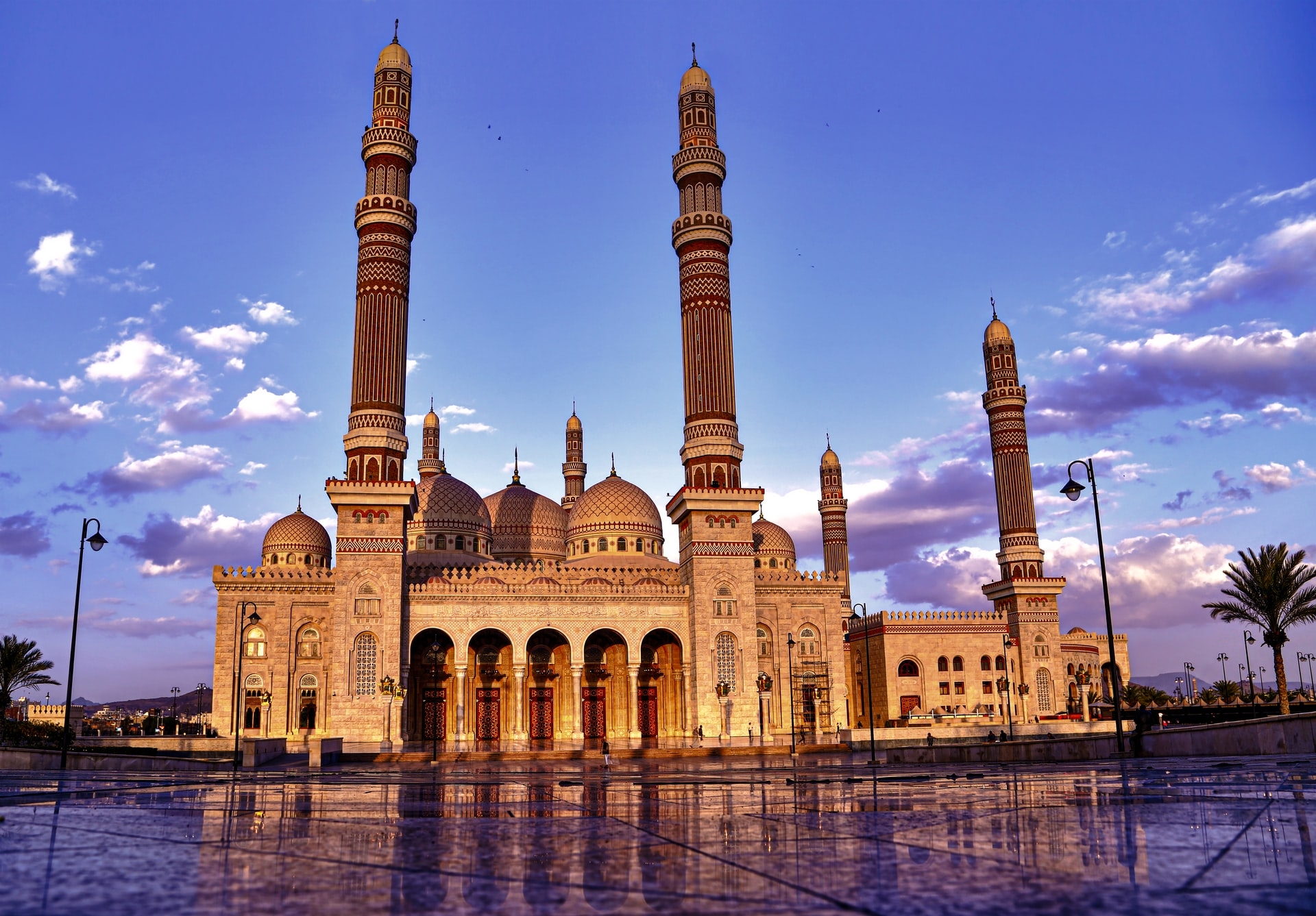 |
| Photo: Wikipedia |
Capacity of 44 thousand people.
Yemen's largest mosque is a contemporary structure in Sanaa called the Mosque of Al-Saleh. It is located south of the Al Sabeen Maternal Hospital in the southern suburbs of the city. The late Yemeni President Ali Abdullah Saleh dedicated the "Al Saleh Mosque" when it was first built in November 2008. With a total area of 27,300 square meters (294,000 square feet), the mosque features a central hall that spans 13,596 square meters (146,350 square feet) and can accommodate 44,000 people. The building's construction costed almost US$60 million. The mosque welcomes visitors and advocates for a moderate form of Islam.
History of Al-SalehIn 2008, Saleh faced criticism for starting such a large-scale project at a time when Yemen was experiencing socioeconomic difficulties. According to estimates from the UN at the time, 42% of Yemenis were living in poverty and 1 in 5 were underweight. Many mishaps happened while it was being built. Several times the minarets collapsed, causing fatalities. Following these incidents, the Islamic college and the garden adjacent to the mosque were constructed on the site. It is also mentioned that if local businessman Hayel Said did not pay for the construction of the mosque, he would face threats of retaliation and the cancellation of his business licenses. Fighting broke out in the mosque in December 2017 between forces loyal to Saleh and the Houthi. Rumors were circulating in Sanaa at the time regarding the Houthis' plan to repaint the mosque's dome green. The Yemeni banknotes feature the Saleh Mosque. On the front of the 250-rial note from the 2009 issue, it is shown. |
9. Sheikh Zayed Mosque
 |
| Photo: CNN |
Capacity of 40 thousand people.
The ninth-largest mosque in the world is the Sheikh Zayed Mosque in the United Arab Emirates. It is well-known for both its enormous size and breathtaking beauty. It is a prominent feature of the city of Abu Dhabi. There might be roughly forty thousand people there at the same time.
The mosque's interior design is striking; colored marble and semiprecious stones were used to adorn the structures. Furthermore, this is the world's biggest and most opulent chandelier. The mosque has 22,000 square meters of space.
10. The Holy Mosque of Delhi
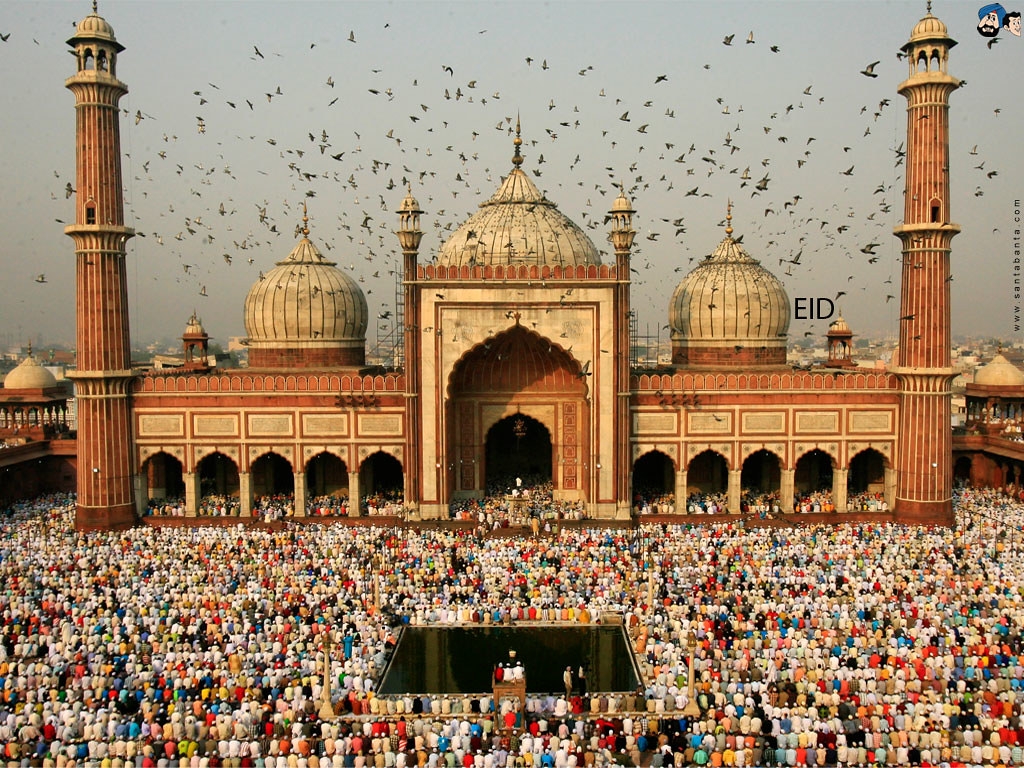 |
| Photo: Flickr |
Capacity of 25 thousand people.
The Cathedral Mosque of Delhi, or Jami Masjid, ranks tenth among the world's largest mosques. Under the padishah of the Mughal empire, Shah Jahan I, the building's construction got underway.
His name was recorded in history, and the majestic mausoleum of the Taj Mahal mosque elevated him on Jahan's orders. The Cathedral Mosque was finished building in 1656. It has enough space to hold about 25,000 people at once.
 Top 10 Most Beautiful Mountain Towns in Europe Top 10 Most Beautiful Mountain Towns in Europe Being surrounded by mountains can enhance the beauty of just about any town. Check out the list of 10 most beautiful mountain town in Europe ... |
 Top 10 Biggest Mistakes In History Top 10 Biggest Mistakes In History Everyone used to make mistakes but there are mistakes that count the money. Check out 10 worst mistakes ever made in history. How much does ... |
 Top 10 Biggest Smartphones In The World Top 10 Biggest Smartphones In The World Smartphones can be extremely "chonky" and heavy, as they are too big to be convenient. The article below will give you a list of 10 ... |


